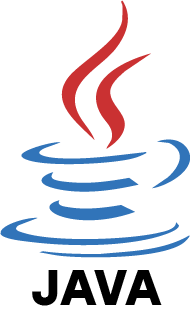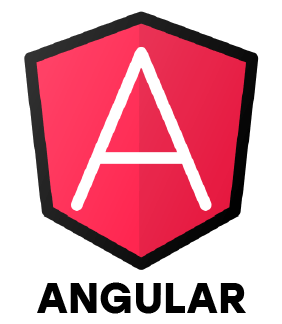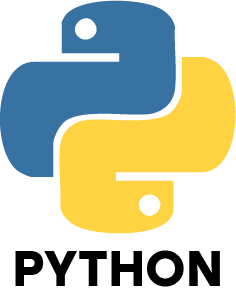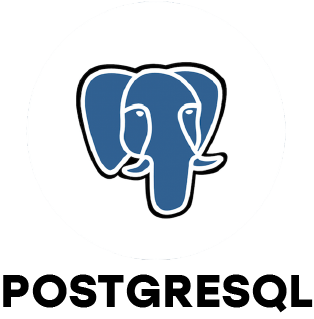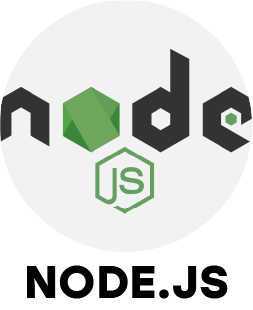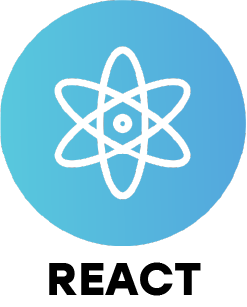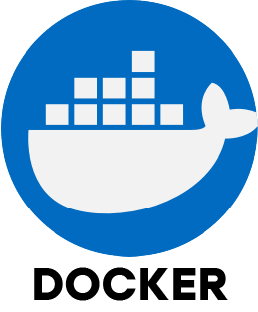1. Can you explain what the Virtual DOM is and why its useful?
Ans:
The Virtual DOM is a lightweight copy of the actual Document Object Model (DOM) used in web browsers. Instead of directly making changes to the real DOM, updates are first made in the Virtual DOM. Once the differences are calculated, only the changed parts are updated in the real DOM. This approach makes web applications run more efficiently and improves performance by reducing the number of operations performed on the actual web page.
2. What is the role of JSX in development?
Ans:
JSX or JavaScript XML, allows developers to write HTML code within JavaScript. This makes it easier to manage both the structure and logic of components in one place. JSX improves readability, speeds up the development process and helps in creating user interfaces that are closely tied to their behavior.
3. What does being a Full Stack Developer involve?
Ans:
A Full Stack Developer works on an application's or website's front end and back end. This includes designing what users see and interact with, as well as building the logic, servers, databases and APIs behind the scenes. Full Stack Development ensures that the entire application functions smoothly from start to finish.
4. Which tools are commonly used by Full Stack Developers?
Ans:
The tools used by Full Stack Developers are many. For frontend work, they use framework like React, Angular or Vue.js. Backend development often involves Node.js, Express or Django. Databases like MySQL or MongoDB handle data storage while Git and GitHub are essential for version control. Tools like Docker and Jenkins assist in deployment and automation.
5. Can you explain Inversion of Control and Dependency Injection?
Ans:
Inversion of Control (IoC) is a concept where the control of a program's flow is delegated to a framework or external system, instead of being hardcoded by the developer. Dependency Injection (DI) is a method used within IoC where required components or services are supplied from outside a class, rather than the class creating them. These practices help in writing cleaner, more testable and maintainable code.
6. How does Pair Programming help in development?
Ans:
Pair Programming is the technique where two developers work together at one workstation. One person writes the code (the driver), while the other reviews it, suggests improvements and helps avoid mistakes (the observer). They often switch roles and this collaboration improves code quality, encourages shared knowledge and enhances team productivity.
7. Why is CORS important in modern web applications?
Ans:
CORS or Cross-Origin Resource Sharing is security feature that controls web applications access resources from different domains. It prevent unauthorized access by allow only trusted domains to interact with the server resources. This ensures safer data exchange and protects users from malicious attacks or unauthorized data sharing.
8. What is Callback Hell in JavaScript and how can it be avoided?
Ans:
Callback Hell occurs when many functions are nested inside each other in JavaScript, making the code difficult to read and maintain. It typically happens during asynchronous programming. Developers avoid this issue by using promises or async/await syntax which simplify the code and make the logic easier to follow.
9. What all is involved in Full Stack Web Development?
Ans:
Full Stack Web Development covers the entire process of building a web application. It includes creating the user interface, writing the business logic, connecting to databases and integrating APIs. Full Stack Developers manage everything needed to create a fully functioning app from scratch.
10. What are some essential tools for Full Stack Development?
Ans:
Key tools for Full Stack Development include code editors like Visual Studio Code, version control systems such as Git and GitHub and backend technologies like Node.js and Express. For frontend development, frameworks like React, Angular or Vue are widely used. Additionally tools like Docker and Jenkins help with testing, continuous integration and deployment.

